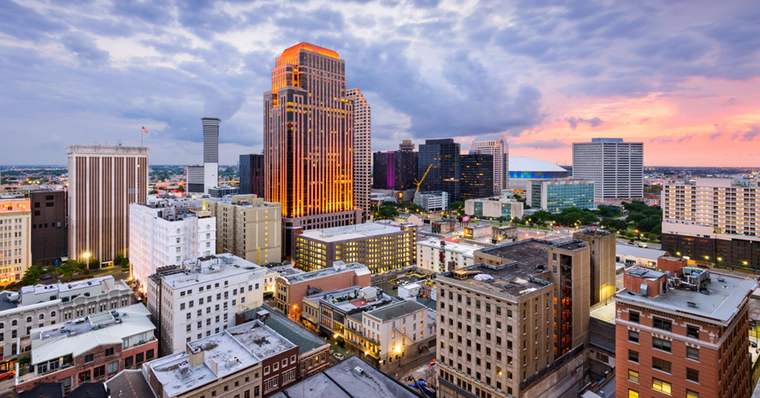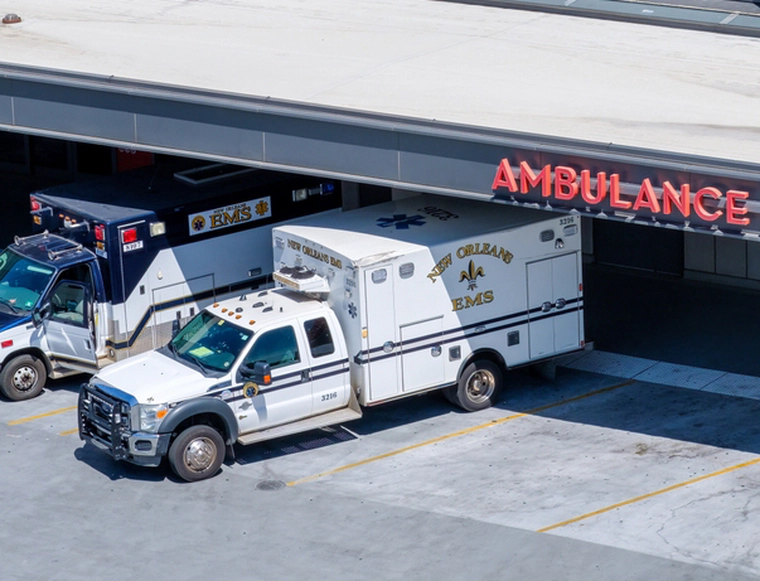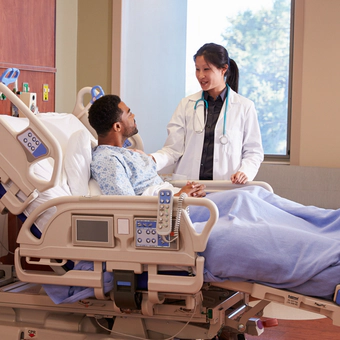Drug Addiction and Drug Rehab in New Orleans

New Orleans has always been a place where you could “laissez les bon temps rouler,” or “let the good times roll.” It is renowned for its party atmosphere, taverns, music venues and, above all, Mardi Gras.
However, far too many people, letting the good times roll either require or is accompanied by alcohol and/or drugs. Like many other cities, New Orleans needs ample drug rehab facilities to enable its citizens to return to a productive life after addiction.
Drug Rehab in New Orleans
In the metropolitan area, there are only 18 drug rehab facilities. The population of the metro area is more than one million residents. The Substance Abuse and Mental Health Services Administration estimates that nearly 7% of Louisianans struggle with a drug abuse disorder and that nearly 10% suffer from alcohol use disorder. This means that as many as 70,000 people in the area urgently need support from a drug or alcohol rehabilitation program.1
With only 18 rehabs in the area, New Orleanians need more support, care and rehabilitation to overcome this terrible burden that takes so many lives.
Louisiana’s Struggle with Overdose Deaths

According to the CDC, Louisiana’s overdose deaths have increased steadily, climbing from 782 for the twelve months ending January 2015 to 2,535 for the period ending April 2022. That’s more than three times as many deaths by April 2022.2
The New Orleans Coroner’s Office assessed toxicology results for 462 fatal overdose cases in 2021 and found that 94% of them tested positive for fentanyl.3 That might or might not mean that fentanyl was the drug that killed them because so many people abuse more than one drug at a time. But given fentanyl’s very high potency, it becomes a likelihood.
Sixty percent of these cases of overdose also tested positive for cocaine, pointing out the multi-drug abuse of many drug users.3
The Route Drugs Take to New Orleans
It is a short hop across the border to Houston, a major landing strip for drugs coming from the Southern Hemisphere or the Caribbean. Then drug dealers only have to load up and get on Interstate 10 for a few hours to bring their products to New Orleans.
Drugs like cocaine, methamphetamine and ecstasy may be most popular around Mardi Gras (along with alcohol). These drugs are all stimulants, which means they will energize a person and enable them to party harder and longer. In addition to possible fatal effects from each of these drugs, there is also the possibility that these stimulants will conceal the sedating effects of alcohol. Some people energized by one of these drugs then underestimate the effects of the alcohol they’ve consumed and get behind the wheel of a car, often with catastrophic results.
Heroin and marijuana are popular all year round, indeed, heroin is considered the biggest threat to the area. According to the Gulf Coast High Intensity Drug Trafficking Area (GCHIDTA) office, heroin is supplied to all parts of Southeast Louisiana from New Orleans.4
Any channel for moving and selling heroin is also a channel to move the powerful synthetic opioid fentanyl. Just two milligrams of fentanyl—the equivalent of a few grains of salt—is enough to kill a person new to abusing opioids. Many law enforcement agencies in the New Orleans area rate this a higher threat than heroin.
Drug dealers centered in New Orleans also distribute high quantities of methamphetamine to surrounding areas.
Choosing a New Orleans Drug Rehab
A person who needs to recover from addiction may need a series of services as they make their way back to sobriety. Here are some of the choices.

Detoxification: A detoxification program is only the first step toward sobriety and not really rehabilitation. This step just gets a person through their withdrawal from any drugs or drinks they were consuming. Some people will require close medical support and supervision, including medication, to keep them safe during this period. Alcohol and some benzodiazepines can cause seizures during withdrawal.
Outpatient rehab: For a person who needs to hold a job, care for children or live at home, outpatient rehab may be their necessary choice. They will be required to attend group meetings, counseling sessions and perhaps life skills training classes on a strict schedule. Some people with ample family, friends and employer support can succeed in outpatient rehab.
Inpatient drug rehab: Many people who need close support during their rehabilitation, especially in the early days, would be wise to make inpatient drug rehab their choice. These programs enable a person to dedicate all of their energies to their recovery. They get support and supervision whenever they need it. Some people who only gradually understand that drug rehab can save their life need the supervision and structure of a well-staffed inpatient rehab.

Sober living: After drug rehab, some people are ready to go back to their regular lives. Many are not. These people often find their way to sober living facilities. Here, they hold jobs or help maintain the facility. They go to meetings and support the other members of the community. They may stay in a sober living community for a year or more.
Community or church support groups: In New Orleans and around the world, there are always community-sponsored meetings and religion-based support groups. Many of these follow the Twelve Step model of Alcoholics Anonymous and Narcotics Anonymous, although there are many different models for these meetings. What is most important is that those set on staying sober have someplace to go where they can spend time with people involved in the same process they are.
Even in the midst of the party atmosphere of Mardi Gras, it’s possible to find safe, supportive spaces. Organizations in New Orleans dedicated to helping people stay sober set up designated Safe Spaces that are alcohol and drug-free during Mardi Gras. This way, those in recovery can enjoy the parades, costumes and revelry and have someplace safe to take haven if they need to.
Helping a Loved One Find Rehab in New Orleans
In most cases, it is the family that prevails upon an addicted person to get help. Of course, there are also addicted people that realize the risk they are taking and beg their families to help them. In either case, there is no time to waste. With the drugs on the illicit market, almost any day can bring a deadly threat. Fentanyl is found in not only heroin but also cocaine, methamphetamine and pills that look identical to drugs from the pharmacy.
Getting sober is never easy but is the gateway to a new, honest life with self-respect and productivity. The right time to choose a drug rehab to help someone you love is today.
Sources:
-
Substance Abuse and Mental Health Services Administration. “2019-2020 National Survey on Drug Use and Health: Model-Based Prevalence Estimates.” SAMHSA, 2021. SAMHSA. ↩︎
-
CDC. “12 Month-ending Provisional Number and Percent Change of Drug Overdose Deaths.” CDC, 2022. CDC. ↩︎
-
NOLA Coroner. “2021 Coroner’s Report on Accidental Drug-Related Deaths in New Orleans.” NOLA Coroner, 2022. NOLA Coroner. ↩︎ ↩︎
-
Gulf Coast HIDTA. “2021 Drug Threat Assessment. GCHIDTA, 2021. GCHIDTA. ↩︎
